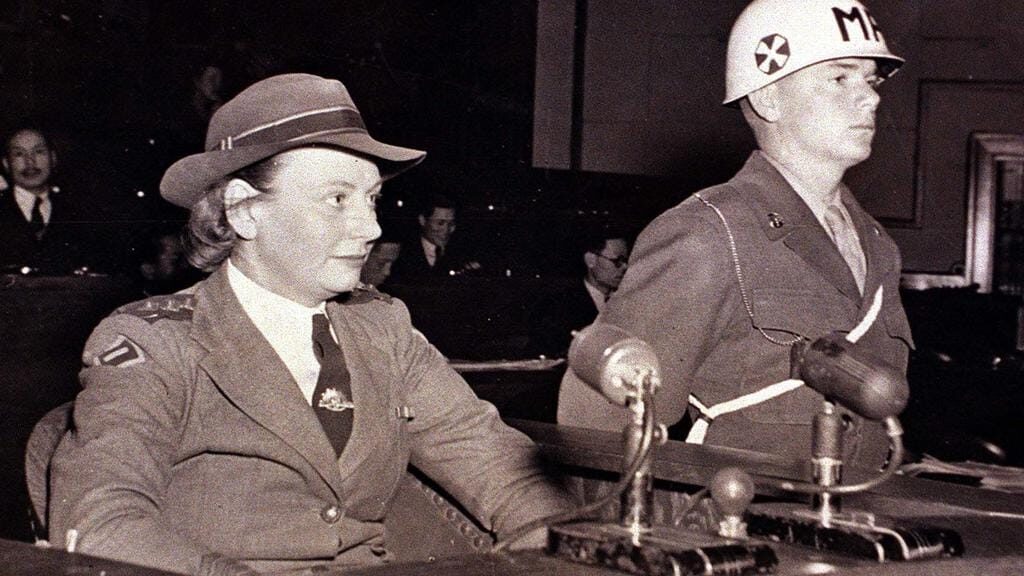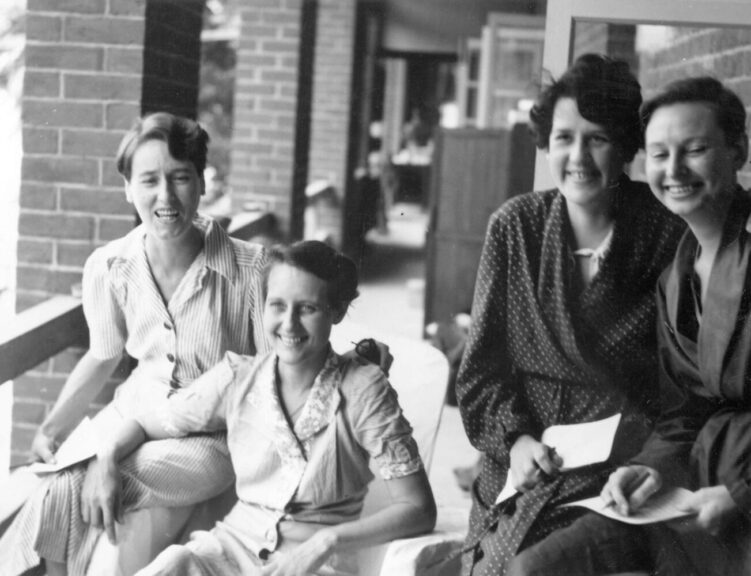The Vyner Brooke Tragedy
(80 Year Anniversary)
On the 12th of February, 1942, the coastal steamer named the Vyner Brooke departed from Singapore, headed to Sumatra, with 65 nurses from the Australian Army Nursing Service (AANS) aboard amongst it’s 181 passengers. The decision was hastily made on February 6th to evacuate, after it became clear that Japanese invasion of Singapore was imminent.

However, the Vyner Brooke would not get to complete it’s journey. Not long after it’s departure, on the 14th of February at around 2pm, the ship was soon under attack from Japanese aircraft and bombed from above. 12 of the nurses were killed in this attack; after all, they had been instructed that as medical staff, it was their duty to tend to the weak or injured aboard the ship. They were to be the last to evacuate the vessel.
The ship did not last long, sinking in just half an hour as a result of being heavily overloaded with passengers. Of the 181 aboard, 150 survived the initial attack. These survivors made it ashore on Bangka Island in various groups alongside the survivors of other vessels that had been sunk, having together spend between 8 and 65 hours in the water. The island was already under Japanese control at this stage, so many of the survivors’ groups were quickly taken captive.
One particular group, who had landed at Radji beach, faced a grave outcome. The survivors met up with other survivors here, including servicemen, civilians and sailors, who tried with little success to communicate and gain assistance from the local villagers. In need of food and supplies, it was decided that a group would be sent to contact the Japanese, with the knowledge that they would likely be taken prisoner. Yet when troops arrived later this day, this was not what awaited them at all.
The groups were separated into two; males and females. First, the men were collectively shot then bayoneted to ensure they did not survive. The females, including the 22 nurses and 1 British civilian, were forced to walk out into the ocean. From behind, they were machine gunned to death.
From this massacre, there were only 2 survivors; Sister Vivian Bullwinkel, who had played dead until the soldiers left, and Private Cecil Kinsley, one of the British soldiers who was wounded in the attack.
After trying to survive in the jungle for a number of days, the two realised they could not survive on their own and had to surrender themselves to the Japanese. Unfortunately, Private Kinsley passed a few days later from his injuries. Sister Bullwinkel, however, survived the war after being taken captive as an internee for three and a half years, throughout the remainder of the war. Vivian was reunited with other survivors of the Vyner Brooke in this time and spoke to them about the massacre that had taken place, but none of them dared to speak up about this lest it put Sister Bullwinkel in danger for being a witness to the event.
Of the 65 nurses originally aboard the Vyner Brooke, only 24 survived the war. Sister Vivan Bullwinkel retired from the army, soon becoming a Director of Nursing at Fairfield Hospital in Melbourne. She never forgot the massacre that took place at Bangka Island, and spent time raising funds for a nurses memorial and working with a number of committees and organisations.
In 1992, Vivian returned to Bangka Island to see the unveiling of a shrine, dedicated to the nurses who did not survive the war as she had.


